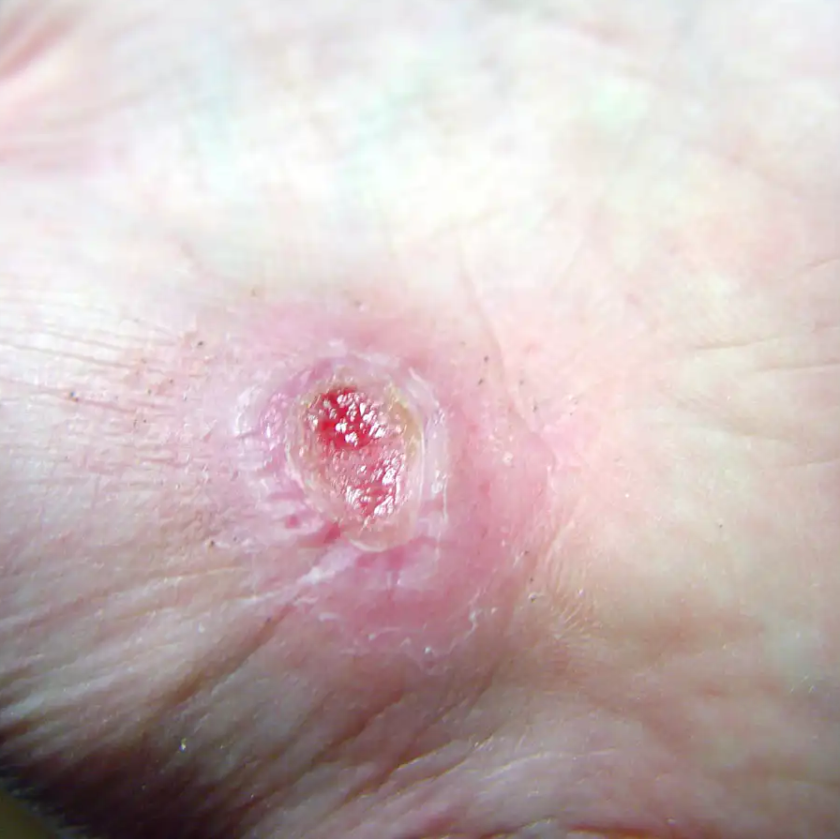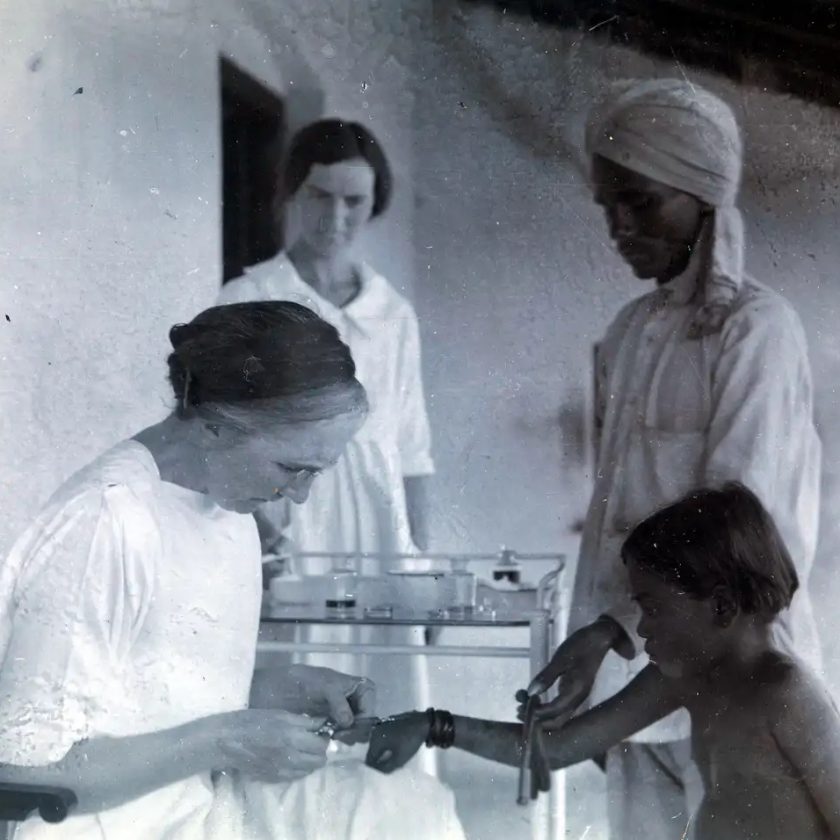By Joan C. Borgatti, MEd, RN
Sherry stands nervously in the doorway, watching several dozen people chat each other up. The sound of her heartbeat threatens to drown out the conversational din. For the people on the other side of the door, this is a networking event. But for Sherry, it seems like a swap meet of business cards.
If Sherry sounds like you, know that you’re not alone. For many people, networking means an awkward evening spent cradling a wine glass in one hand, thrusting a business card at someone with the other hand, and exchanging small talk.
“Hello. My name is…”
Networking is one of the most overused, misunderstood, and underestimated terms in the business world (and yes, that includes health care). Actually, networking is just a newish term for an activity that has been around for millennia. Savvy people have always seen the wisdom of seeking out others who can help them get ahead.
Simply put, networking is an information exchange, a forum for communicating your needs or agenda and, in return, listening and responding to others’ needs or agendas. Good networking requires emotional reciprocity, which means caring about the needs and agendas of the people you network with. Caring about others’ needs is what nurses do, so networking really shouldn’t be that difficult for a nurse.
Think of networking as a great opportunity to make yourself known, gather critical information, and meet people who can help you now and in the future. Through networking, you can make contacts that further your agenda—whether it’s to find
a mentor, get information on a program you’re interested in, change jobs, or advance from your current position.
Networking isn’t just who you know, but who knows you. If you listen to other networkers and give them the resources they seek (as by introducing them to key people or sharing valuable information), they’ll become grateful—and indebted—networking colleagues.
Set a networking goal
At a networking event, the idea isn’t to meet the greatest number of people possible in one evening. It’s to meet the “right” people—those who can help you realize your goal.
When approaching a networking situation, ask yourself, “What do I want this experience to lead to?” You’ll be much more effective if you have a laser-focused goal. The most successful networker isn’t the one who walks away with the most business cards. It’s the one who leaves with the contacts and information he or she had been seeking.
A tale of two networkers
To demonstrate this point, let’s take the case of two wound care specialists, Myrna and Doris—colleagues who’ve carpooled together to a meeting of their professional organization.
Myrna arrives with an agenda and a plan for the evening: She wants to develop a wound care speakers bureau to boost the community profile of staff at her facility. She seeks out several speakers, who give her valuable tips on how to market her expertise. She also shares her vision of a speakers bureau with attendees from other facilities—and is surprised by the support and tips they offer. She leaves the meeting with valuable information that can further her vision. On the way home, she jots down a reminder to send one of the people she met an article he might find helpful. She also makes notes about what she learned tonight, so she can follow up that week. Clearly, Myrna’s networking has been effective.
Doris, on the other hand, goes to the meeting unfocused. She meanders about the room speaking with a lot of attendees, and exchanges a few business cards. But the “Where-do-you-work?” conversations that ensue provide little insight. Although she enjoys the meeting somewhat, she has accomplished little. That’s understandable, as she set out with no goals. She might have been better off spending the night watching television.
Networking etiquette
To succeed at networking, learn networking etiquette. Rule #1: Turn off your cell phone—or at least put the ringer on vibrate. If you absolutely must take a phone call, discreetly leave the room.
More etiquette advice:
• Wear your name tag on your left lapel so you don’t block your name when shaking hands. If you fill out the name tag yourself, print clearly so your name and title are visible from about 5 feet away. That way, others won’t need to squint at your chest to read your name.
• Keep your handshake firm and friendly. Don’t hang on, and don’t pump! Remember to make eye contact, and smile.
• Keep breath mints handy. Networking usually takes place around drinks and food, and the first thing that greets a new contact shouldn’t be the garlic and onion dip.
• Keep your business cards handy (a business card holder is best), but don’t throw them at everyone you meet. Hand your business card to a contact so it’s right side up and facing that person. When someone hands you a business card, take a moment to look at it; then say thank you and carefully put it away. It’s disrespectful to deface a business card, so don’t write on the back of it.
What happens next?
Okay—you’ve set an agenda, attended the networking event without violating etiquette, and made some good contacts. Now what? This is where many people drop the ball. They fail to follow through on the contacts they make and the information they gain. They simply shove the contacts’ business cards into a Rolodex, where they will sit forgotten.
Instead of letting business cards collect dust, develop a system that helps you follow through with your contacts—whether it’s an electronic tool, a simple calendar notation, or a color-coded filing system. Jot down contact information on each
person you met, along with a summary
of your conversations, when you need to follow up, and so forth. Make the system work for you.
Next, follow through with appropriate communication. Send handwritten thank-you notes to the contacts who gave you valuable information or resources—for instance, those who introduced you to a key player or offered to make a phone call on your behalf. If possible, your note should mention how that information worked out for you. (See Seven steps to effective networking by clicking the PDf icon above.)
In the coming weeks, months, or years, keep these relationships alive and thriving by sending tips or information to each contact. If you see a newspaper article or Internet story about a topic a particular contact was interested in, send it to him or her. This shows you’re thinking about that person, and conveys your generosity and willingness to continue a reciprocal relationship.
Make it happen
Networking opportunities can happen anywhere. Don’t wait for them—create them. Pinpoint your goal, identify the key people who can help make it happen—and then network! It’s as simple as picking up the phone, sending an e-mail, or meeting over lunch. With a little effort, networking can be an enjoyable and valuable career resource.
Selected references
Ames G. Follow-up after the networking meeting and job interview. www.garyames.net/5-followupaftermeet.htm. Accessed August 15, 2012.
Wiklund P. Follow up: key to networking success. Approved Articles Website. www.approvedarticles.com/Article/Follow-up—Key-to-Networking-Success/5022. Accessed August 15, 2012.
Joan C. Borgatti, MEd, RN, is the owner of Borgatti Communications in Wellesley Hills, Mass., which provides writing, editing, and coaching services. You may e-mail her at [email protected].







